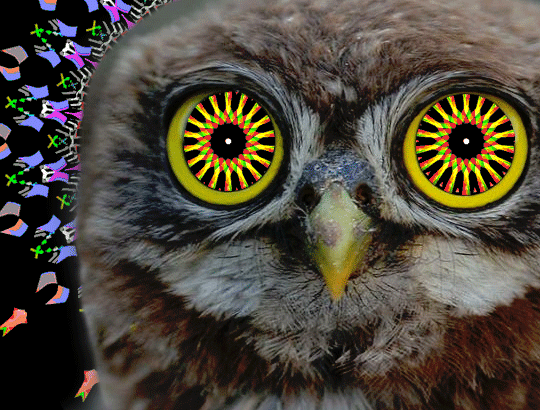Also known as: THUMBS UP DUDE
With the sole exception of Megalosaurus, Iguanodon has occupied a place in the record books for a longer period of time than any other dinosaur. In 1822 (possibly a couple of years earlier, as contemporary accounts differ), the British naturalist Gideon Mantell stumbled across some fossilized teeth near the town of Sussex on the southeast coast of England. After a few missteps (at first, he thought he was dealing with a prehistoric crocodile), Mantell identified these fossils as belonging to a giant, extinct, plant-eating reptile. He later named the animal Iguanodon, Greek for "iguana tooth."
Nineteenth-century European naturalists were slow to come to grips with Iguanodon. This three-ton dinosaur was initially misidentified as a fish, a rhinoceros, and a carnivorous reptile. Its prominent thumb spike was mistakenly reconstructed on the end of its nose, one of the seminal blunders in the annals of paleontology. Iguanodon's correct posture and "body type" (technically, that of an ornithopod dinosaur) weren't fully sorted out until 50 years after its discovery.
Because it was discovered so early, Iguanodon quickly became what paleontologists call a "wastebasket taxon." That meant that any dinosaur which remotely resembled Iguanodon was assigned as a separate species. At one point, naturalists had named no less than two dozen Iguanodon species, most of which have since been downgraded. Only I. bernissartensis and I. ottingeri remain valid. Two "promoted" Iguanodon species, Mantellisaurus and Gideonmantellia, honor Gideon Mantell.
Along with Megalosaurus and the obscure Hylaeosaurus, Iguanodon was one of three dinosaurs to be displayed to the British public at the relocated Crystal Palace exhibition hall in 1854. Other extinct behemoths on display included the marine reptiles Ichthyosaurus and Mosasaurus. These weren't reconstructions based on accurate skeletal casts, as in modern museums, but full-scale, vividly painted, and somewhat cartoonish models.
Along with its three-ton bulk and ungainly posture, the most notable feature of the middle Cretaceous Iguanodon was its oversized thumb spikes. Some paleontologists speculate that these spikes were used to deter predators. Others say they were a tool for breaking down thick vegetation, while still others argue that they were a sexually selected characteristic. That means that potentially, males with bigger thumb spikes were more attractive to females during mating season.
Dirt_Owls Previous Dino Posts:


@mickey_not_the_mouse your fresh Iguanodon slop is ready for consumption :rat-salute:
thank you!! That earns you two boney out crop thumbs ups from me 👍❤️👍